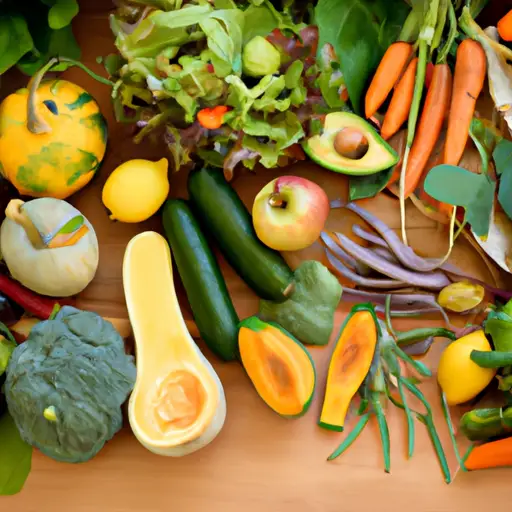Are you looking to reduce your grocery bill, eat healthier, or simply try your hand at gardening? Growing your own fruits and vegetables is a rewarding and fulfilling hobby that can provide you with fresh, organic produce right at your fingertips. Whether you have a large backyard or just a small balcony, anyone can start growing their own edible garden. In this beginner’s guide, we will walk you through the essential steps and tips to get you started on your journey to becoming a successful gardener.
1. Assess Your Space:
Before diving into gardening, assess the space available to you. If you have a spacious backyard, consider dedicating an area for your garden beds or creating raised vegetable gardens. Alternatively, if you live in an apartment or have limited outdoor space, container gardening is an excellent option. You can use pots or containers to grow herbs, leafy greens, and even dwarf fruit trees on balconies or windowsills.
2. Plan Your Garden:
Having a well-designed garden plan is crucial for success. Consider the amount of sunlight your space receives throughout the day as most fruits and vegetables require full sun to thrive. Plot out where each plant will go based on their space requirements and growth habits. Group plants with similar needs together for easier management.
3. Start Small:
For beginners, it’s best to start small and gradually expand your garden as you gain experience and confidence. Overambitious plans may lead to overwhelm or neglecting certain plants’ needs. Begin with just a few easy-to-grow crops like lettuce, tomatoes, peppers, or herbs before trying more challenging varieties.
4. Choose Suitable Plants:
Selecting the right plants for your climate and soil conditions is essential for success in growing fruits and vegetables. Research what grows well in your region and choose disease-resistant varieties whenever possible. Consider choosing heirloom seeds as they typically offer unique flavors compared to hybrid varieties.
5. Prepare the Soil:
Healthy soil is the foundation for a thriving garden. Test your soil’s pH levels and make amendments accordingly. Most vegetables prefer slightly acidic soil with a pH level between 6.0 and 7.0. Add organic matter, such as compost or aged manure, to improve the soil’s fertility, moisture retention, and drainage.
6. Start from Seeds or Seedlings:
Decide whether you want to start your plants from seeds or purchase seedlings from a nursery. Starting from seeds allows for a wider variety of plant choices but requires more time and attention compared to buying established seedlings. If you choose the latter option, ensure you select healthy seedlings with vibrant leaves and strong stems.

7. Provide Adequate Water:
Watering is vital for plant growth, but it’s crucial to strike the right balance to avoid over- or under-watering. Most vegetable plants require consistent moisture levels, so water them deeply when the top inch of soil feels dry to the touch. Avoid wetting the foliage in order to minimize disease problems.
8. Mulch and Weed:
Mulching helps in conserving moisture, preventing weeds, and improving soil structure as it breaks down over time. Use organic mulches like straw, wood chips, or shredded leaves around your plants’ base while leaving space around the stem for airflow.
9. Regularly Monitor and Maintain Your Garden:
Regularly inspect your plants for signs of pests or diseases. Swift action can prevent outbreaks that may be destructive to your garden’s health. Remove weeds promptly as they compete for resources with your crops.
10. Harvest at Peak Ripeness:
One of the joys of growing your own fruits and vegetables is being able to harvest them at peak ripeness when they are most flavorful and nutritious. Each crop has its own specific harvesting instructions, so familiarize yourself with the optimal time for picking each fruit or vegetable.
11. Learn from Experience:
Gardening is a process of continuous learning. Keep a gardening journal to note down your observations, successes, and failures. This will allow you to track your progress over time and make adjustments in subsequent seasons.
12. Enjoy the Fruits (and Vegetables) of Your Labor:
Finally, savor the satisfaction of harvesting your own fresh produce. Whether you’re enjoying a salad made from your homegrown greens or biting into a juicy tomato straight from the vine, the taste and pride will be unmatched.
Growing your own fruits and vegetables is not only rewarding but also empowering. It connects you with nature, provides nutritious food for you and your family, and offers an outlet for creativity. With patience, dedication, and these beginner’s tips in hand, you’ll be well on your way to cultivating a thriving garden that brings joy and abundance year after year.













